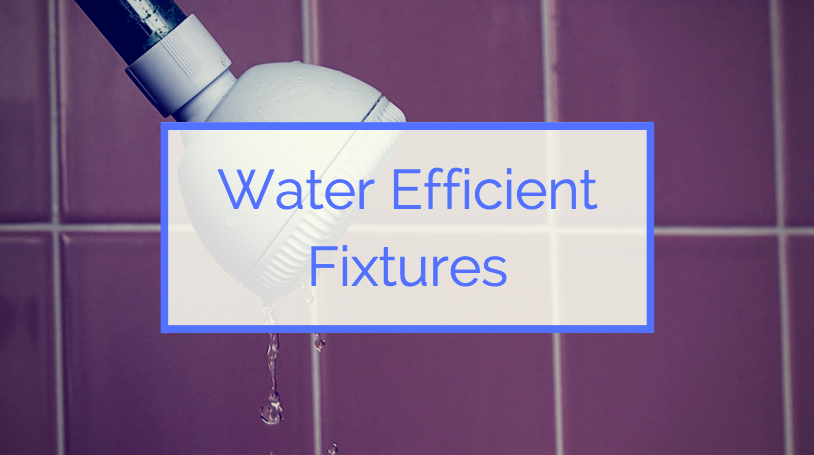Californians are no strangers to drought, and even during wet years the idea of a water shortage is never far from the mind. Although the 2011-17 drought has officially been declared over, the period between 2011 and 2014 was the driest in recorded California history, and the state has yet to fully recover. Many residents of the Bay area and throughout California are trying to figure out how to best do their part to help conserve water, and one of the most efficient ways a homeowner can do this is by installing water efficient appliances and fixtures in their home.
Water efficient fixtures curb water use by reducing the volume of water used to deliver the same effect. Not only do these fixtures save money and water by reducing your personal water use; they also reduce the amount of energy used by the state to process water, cutting down on greenhouse emissions and having an overall positive effect on the environment.
Save Water with New Sink Faucets
We all know that turning the water off while we brush our teeth helps save water, but have you ever thought about how much water your faucet uses when it is turned on? The standard flow of a typical faucet is 2.2 gpm (gallons per minute). Now, innovative water saving fixtures have made it possible to reduce this flow to 1.5 gpm or lower without sacrificing performance. When considering a water efficient sink faucet, check the gpm to make sure the product is truly an efficient option. You can also look for the “WaterSense” symbol, which indicates that a product meets the EPA’s requirements for water efficiency.
For even greater savings, consider a motion-activated sink faucet for your bathroom. Not only does this reduce the spread of germs by eliminating the need to touch a handle; it also ensures that only the correct quantity of water necessary is used. Since the water will turn on when hands are placed beneath it, and will automatically shut off when they are removed, no unnecessary drops are wasted.
Is Your Shower Head Water Wise?
Showers make up a huge portion of the water use of a typical household, at 17% of the total indoor water use, or an average of 40 gallons per day. A standard showerhead uses a whopping 2.5 gallons of water every minute it’s in use. To save water when showering, it’s a great idea to limit showers to 5 minutes or less, or to skip a few each week. You can also turn the water off while you lather up, then turn it on to rinse.
Getting a more water efficient showerhead is another way to save water without making those sacrifices, or it can multiply the benefits. To receive a WaterSense label from the EPA, a shower head must use 2.0 gpm per less, and there are some on the market that use as little as 1.5 gpm. That’s 60% less water than a standard shower head! Best of all, the top water efficient shower heads and the market have been carefully developed to imitate the pressure and flow of a standard shower.
The latest advance in water-saving shower technology is the development of shower heads that are motion sensitive. These shower heads allow you to set the desired temperature, but then either decreases the flow of water or cuts it off entirely when you step out from underneath the faucet. This makes turning off the water automatic.
Low-Flush Toilets
Also known as low-flow toilets, these water saving appliances use less water than the average toilet for each flush. The “gallons per flush” or “gpf”used by toilets have varied greatly over the decades, and a toilet installed before the 90’s is likely to be a real water-waster. In 1992, the Environmental Protection Act mandated that all new toilets produced use a maximum of 1.6 gpf. Previously, the standard had been 3.5 gpf, and some older models even used as much as 7 gallons of water at each use! More recently, California has joined other states in lowering the standard even further to a maximum of 1.28 gpf.
Gallons per flush is probably the number one most important factor to consider when shopping for a water efficient toilet, but there are other innovations on the market as well. Dual flush toilets, for example, allow for two flushing strengths – one for only liquid waste, and the other for solid waste. This way, only the minimum amount of water necessary for a given flush will be needed.
Benjamin Franklin Plumbing Bay Area
At Benjamin Franklin Plumbing, our team is proud to help homeowners and business owners with their various plumbing needs, including converting to more water-efficient plumbing fixtures to conserve water, with the added benefit of reducing your water bill.





